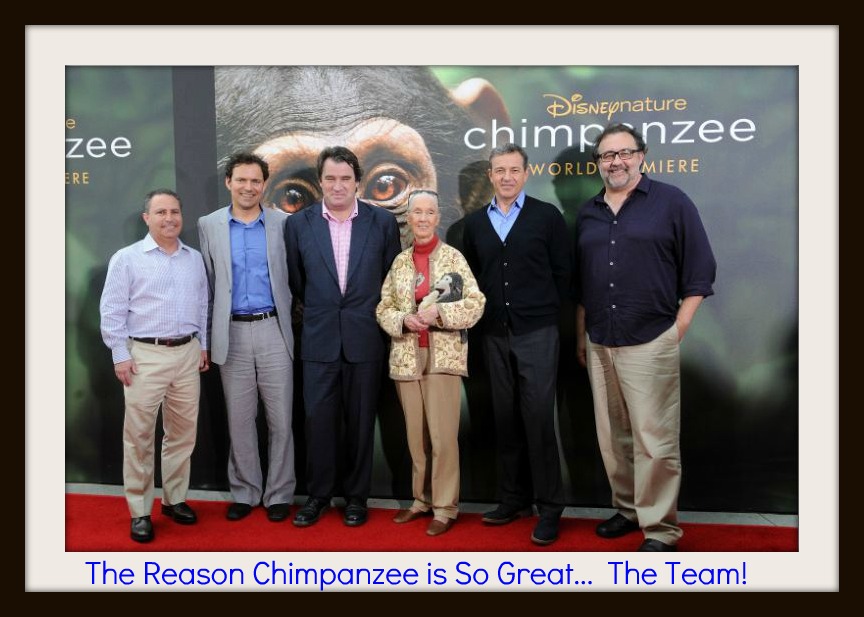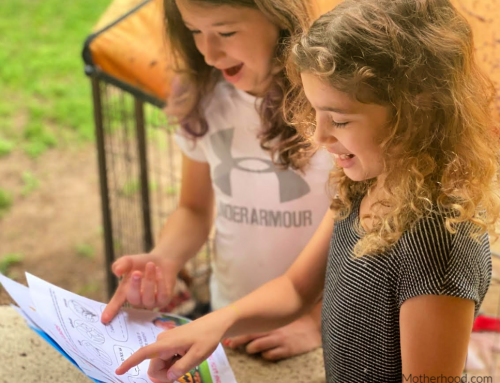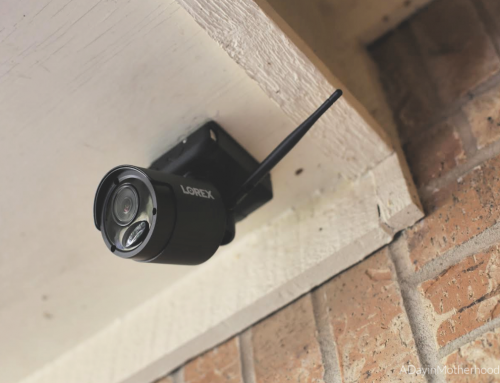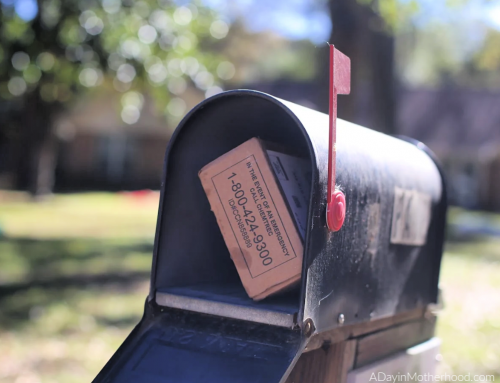The directors of the film, Chimpanzee, Alastair Fothergill and Mark Linfield smiled graciously as they sat in front of a group of mommy bloggers and other media to share their experience filming this beautiful and touching film. Expecting stock answers I was immediately impressed with their willingness to share their inside stories.


As these clean cut, well spoken directors smiled out onto our group, there was no evidence of the peril they endured during the three and a half year filming period that this movie took. During that time they followed the Chimpanzees as they traveled 8 to 10 miles a day tracking food through thick terrain that they could barely navigate through, with camera’s and gear, sometimes at night, and never knowing what was ahead.
During the 700 days that it took them to get the thousands of hours of film to make this amazing movie, they changes from directors of a Hollywood movie just there to film a baby Chimpanzee into men who felt they understood every action, emotion and facial expression of the Chimpanzee’s they had come to know. They wanted to reach out and help baby Oscar when his mother was gone and rejoiced when the amazing and rare wild adoption happened. Their respect and love for these amazing animals is apparent throughout this film.
Here are just a few questions and answers that I found most intriguing when talking to these dedicated directors:
**************************************
Question: So, how nervous were you guys when Oscar’s mom was killed?
MR. ALASTAIR: Very. I mean, more than nervous. I mean, we actually rang up Disney and said, “Sorry, guys. We spent most of your money, and you haven’t got a movie,” uh, and so, because, obviously, Disney movies have to have a happy ending, and —
MARK: It wasn’t looking like one.
MR. ALASTAIR: It was, I mean, to be honest, a three-year old, two-and-a-half year old chimp without its mum, is basically a death sentence. There’s just no question. And then for that adoption to happen… the scientists have been working with those chimpanzees for 30 years and never ever seen that to happen. And so for that to happen was fantastic for Oscar, but, my goodness, you know, if we’d written the script exactly as we’d wanted, we wouldn’t have, in our wildest dreams, have that happen, and it’s just such a lovely story, because male chimpanzees are such macho guys. I mean, they are. Their brains are a third as big as ours, but they have three times as much muscle. And when you meet them they are just…oh.
And to see the intimate grooming — I mean, other than suckling, which, clearly, he couldn’t do, that guy did absolutely everything for Oscar. And so it was — it was a dream come true for us as filmmakers. Absolutely.
Question {Mine!}: How did making this movie and watching the relationship between the chimps — the adoptive father, the mother that passed, and Oscar struggling — how did it change you?
MARK: Well, the thing — what was really interesting is when we first went on the reconnaissance trip, we found ourselves, you know, in a — in a camp full of scientists, sitting around a meal table, discussing the day’s events, and it was like listening to a soap opera, wasn’t it?
MR. ALASTAIR: Yep.
MARK: Everyone was saying, “You should’ve seen the way he looked at her today. I’m sure he was thinking this.” “He never did!” “Well, you know what’ll happen tomorrow. You know where that’ll lead. Then no good’ll come of that.” And they were talking about it like you would talk about a sitcom, and we just —
MR. ALASTAIR: Yeah. They’re bonkers.
MARK: These guys have been in the forest way too long, way too long. You know. Within a couple of months, we were doing exactly the same. You can’t — you just get drawn into them. You can’t help it. You know, they are just so engaging. As you rightly say, all of their relationships with each other, kind of mi — mirror the ones that we have, um, you know, the maternal bond, obviously, very strong. Clearly, the paternal bond stronger than anyone had thought. Um, being protective over that patch. 13:53
I mean, these are very human things. And you kind of respond to them in a human way.
ALASTAIR: The group was about 35 to 40 strong. And so we obviously only featured four key individuals, but the scientists would talk about all of the — all the whole lot. They knew them all every day, it was always changing, and as Mark said, it was a natural soap opera. It was very engrossing.
**************************************
There are really so many reasons to see this movie. The large screen shows the scenery as it should and better than the small screen will be able to convey. The story is endearing and true. There was no script and no interruption of what nature truly created. And when you see the movie in the first week it hits theaters, April 20 – April 26, 2012, a portion of your ticket proceeds will go to the Jane Goodall Institute and their effort to preserve these beautiful animals.
Take your family and make it an event! You will see the hard work these dedicated directors put into this and appreciate it even more that you thought you would!
Learn more about the Jane Goodall Institute and Donate to the cause too!
Buy your tickets to See Chimpanzee and a Portion will be donated to the Jane Goodall Institute!
**I traveled with a group of bloggers as a mostly compensated trip for these events. My writings and opinions are mine. Please see my Disclosure Page for more information. Affiliate links may be included in this post.**










I was so intrigued by all that went into making the film. I am so happy it’s doing well…not only because the story is phenomenal …what the filmmakers did to bring the story to life was commendable…